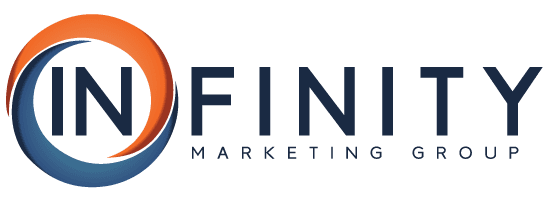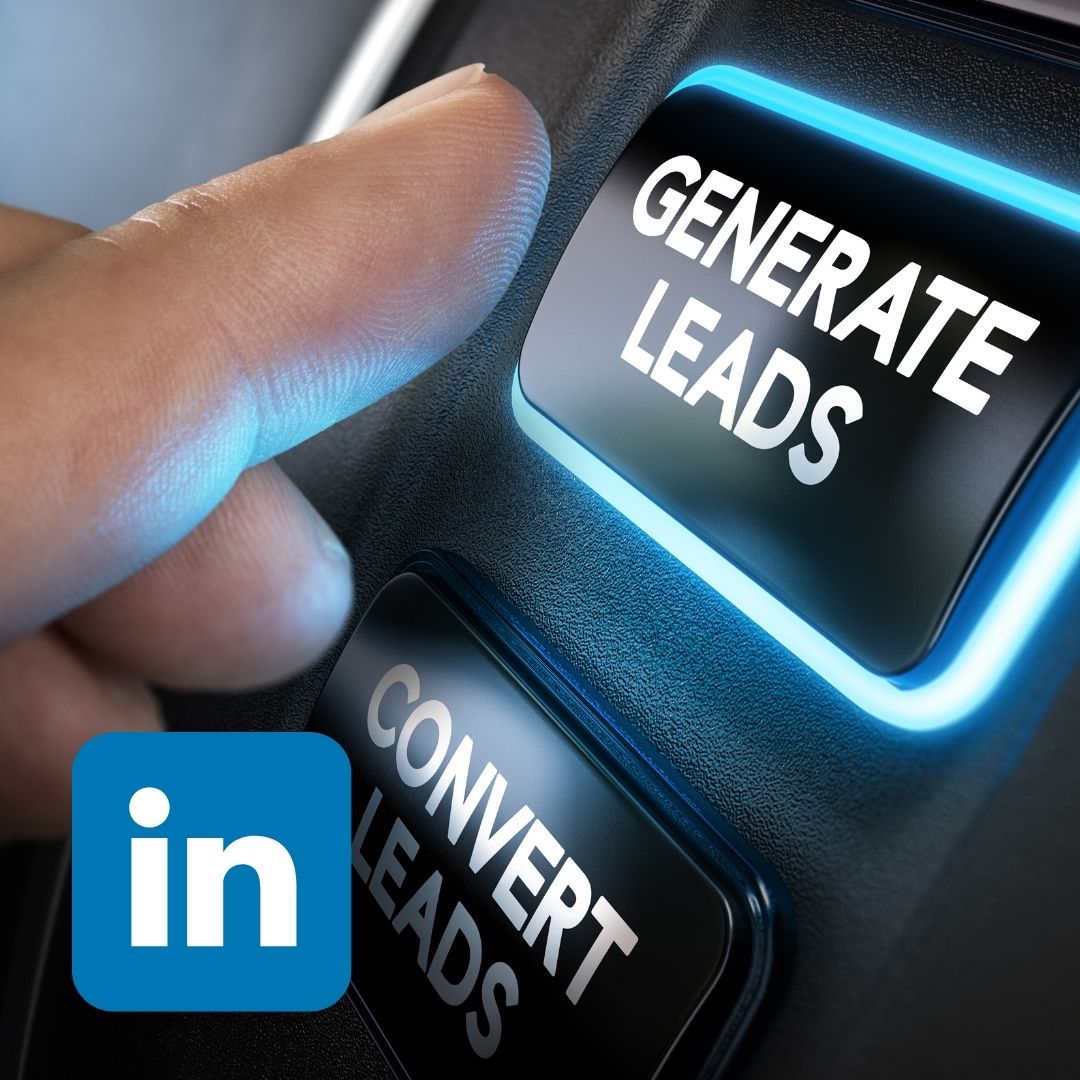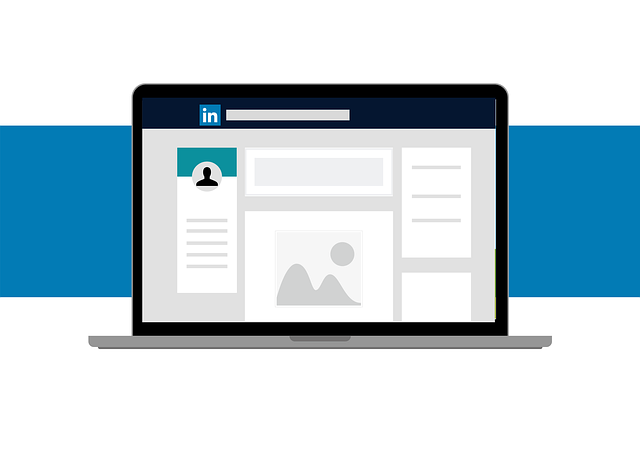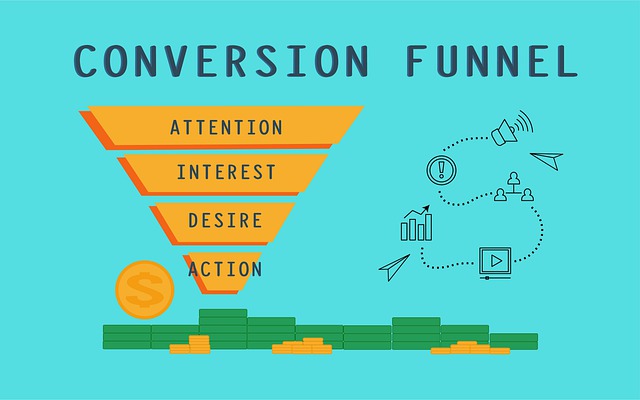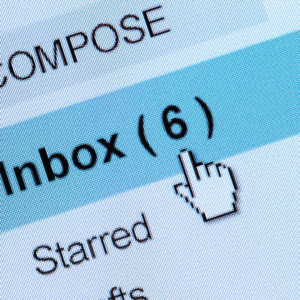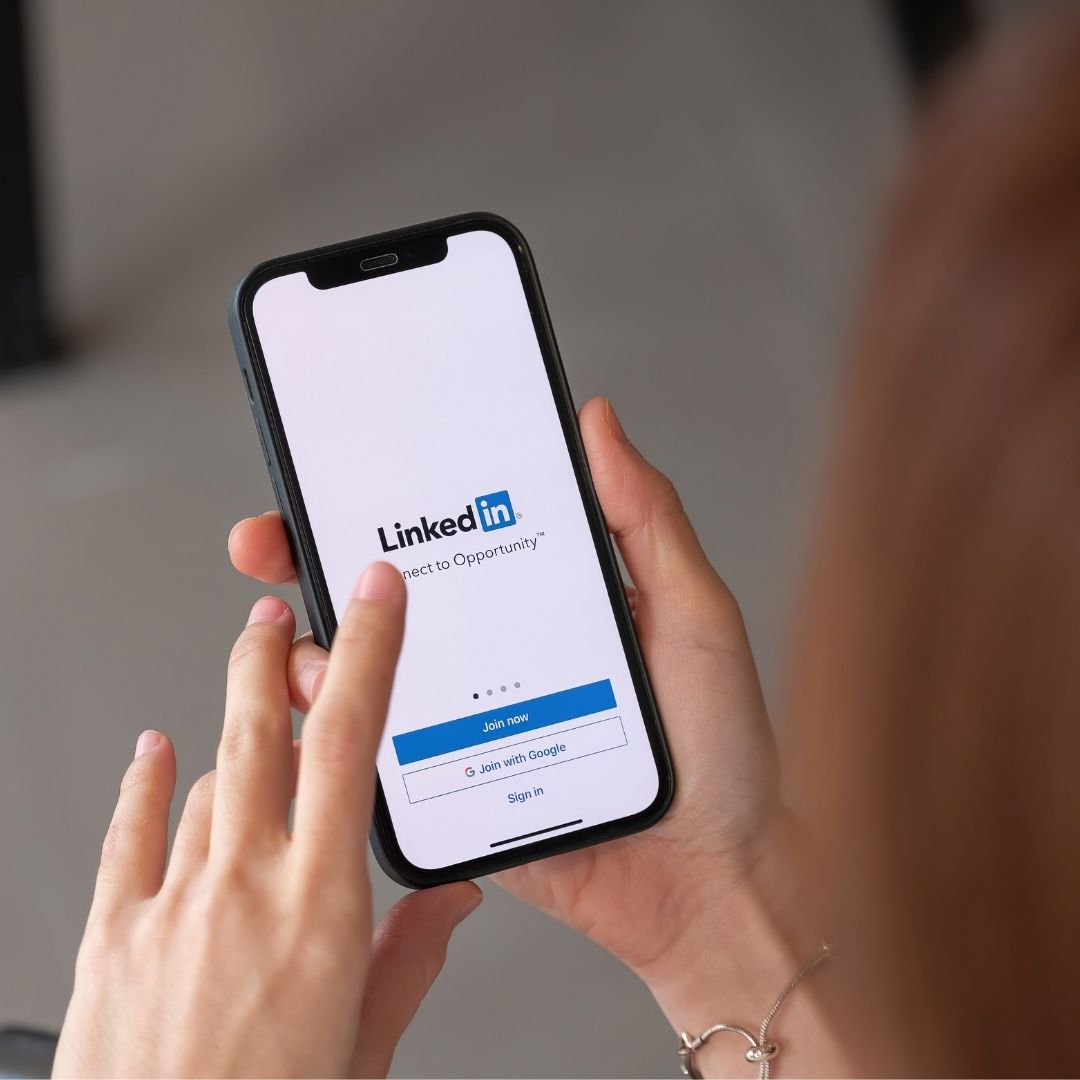LinkedIn is the hub for B2B interactions. Why? Your ideal clients are using LinkedIn to vet their providers. If the company page or employee pages aren’t looking professional or updated, they’ll take their business elsewhere. For users, LinkedIn has quickly become an easy way to review prospective partners.
Your LinkedIn profile represents your brand, so view it as a client’s first impression. On LinkedIn, you have a short time to make an impression on prospective clients. If your profile doesn’t stand out, your sales opportunities decrease drastically.
Our team of LinkedIn experts has compiled 20 LinkedIn profile tips for industry professionals. Whether you are starting from scratch or only need to make a few simple tweaks, our tips will keep prospective clients interested and wowed by you and your brand.
LinkedIn Profile Tips for Individual Profiles
If you want to be viewed as an industry leader, integrating these LinkedIn profile tips will make you stand out to prospects.
1.) Choose a Professional Profile Photo 
The LinkedIn profile photo acts as a person’s first impression of you. LinkedIn is a professional network, meaning that your profile image should be a professional headshot.
Be sure to adhere to these profile photo best practices when it comes to the LinkedIn platform:
- Make sure the image looks like you
- Professional attire is a must
- Make sure the image isn’t blurred or dark
- Smile!
It’s estimated that a person makes roughly 35,000 choices per day. Don’t give prospective clients any reason not to click on your LinkedIn profile.
2.) Add an Applicable Cover Photo
The cover photo goes right behind your profile photo, meaning that it’s the second impression that you make on someone. Similar to the profile photo, be sure to keep the cover photo professional.
Want your cover photo to make a lasting positive impression?
Using Canva, you can create a custom LinkedIn cover image for all company employees. Not only can it show off your branding, but also your top services and website. This makes it easy for potential leads to find your information and tells them exactly what services you provide.
3.) Write an Eye-Catching Headline
Your LinkedIn headline can go beyond your job title, and it should! There are no rules, so why not create something impactful that prospects remember?
Use the headline to tell potential clients what problems you can solve for them. Consider adding in a personal detail – after all, you are human!
Here are a few examples of dynamic headlines:
Software engineer specializing in making payment processes easier for international businesses | Dog Dad & New Yorker
I help tech startups prepare for VC funding rounds using AI | #LongDistanceRunner
Find more examples of excellent LinkedIn headlines here.
Want experts to manage your LinkedIn profile and your lead generation efforts on the platform? Infinity Marketing Group’s LinkedIn lead generation is a done-for-you service providing businesses like yours with warm leads.
4.) Get a Custom URL for Your LinkedIn Profile
When you sign up for LinkedIn, your profile URL is a string of numbers. You are not a string of numbers…
Get a custom URL for your LinkedIn profile. It makes sharing your profile on the go much easier. It also helps you stand out, especially if you have a common last name. Most people use some variation of their first, middle, and last names. If you’re a founder or CEO, you can also add that into your URL.
For example, if your name is Jonathan Taylor Ryan, your URL could look like:
- /j.taylor.ryan
- /jonathan.t.ryan
- /j.t.ryan
5.) Fill In Your About Section
The About section is a great place to introduce yourself and your brand.
If someone clicks on your profile, it’s because they’re either interested in learning more about your company, or they want to learn more about you. View this part of the LinkedIn profile as a vital piece of personal and branded storytelling. There are three key elements that you should integrate into your About section so that your profile can attract prospective clients.
First, genuinely introduce yourself. Be sure to mention what inspired you to start your business.
Then, hook potential clients: talk about their pain-points and struggles.
Lastly, tell prospects how your company can solve their problems. Include any key metrics and client testimonials. Always end with a strong call to action, followed by your contact information. This way, people know how to reach you!
6.) On Your Resume, Show Off Data-Driven Metrics
On the typical resume, you put a job description under each role. Ten years ago, professionals could get away with that, but now, most industry professionals have impressive resumes, and across dozens of profiles, work experience all reads the same – monotonous.
To make yours stand out, show off the literal impact you’ve made in your position.
For example:
Don’t say: Managed a team of 25 managers from 2010-2013.
Do say: Managed a team of 25 managers across three states, and increase productivity by 40% over three years.
Which has the most impact?
The one that displays how YOU perfected an already existing system using data, or the one that shows how YOU disrupted an entire industry.
7.) Add Media & Links to Your Work Experience
Once your resume has been updated to be data-driven, don’t just talk about what you do – show prospects what you do.
Under each “Experience” you input into LinkedIn, you’re able to upload documents and include links.
Now, rather than just talking about how your business helps its clients, you can show them! Consider adding case studies, video testimonials, and links to any awards your business has won.
With the ability to add in authority-boosting content, your Experience section becomes a selling point.
8.) Add Certifications & Licenses
If you’re in a very niche business, showing off your academic and institutional credentials on LinkedIn can help build trust with potential clients.
Many professionals have certifications that are industry standard. While it may seem redundant to show them off on LinkedIn, your clients will appreciate it. In engineering, for example, some certifications really matter! Rather than prospects wondering if you’re certified in X, they’ll know because you were intuitive enough to tell them.
9.) Ask For Recommendations

You probably have client testimonials for your brand. Why not ask for personal recommendations as well?
Ask anyone you’ve worked closely with to leave you a recommendation on LinkedIn. You can even ask for specifics, such as: “Would you be willing to leave me a recommendation that speaks to the outstanding client experience that I’ve worked hard to establish at [Company]?”
Recommendations on your LinkedIn profile demonstrate credibility – something that truly attracts leads when they’re looking at your profile.
The fact is, if someone recommends you, you’re probably a pleasure to work with! Prospects feel that when they see your profile full of recommendations from your peers.
10.) Write Engaging Content
The LinkedIn profile can show off your personality and brand. You can use LinkedIn posts to write engaging, viral content that speaks directly to your target audience.
Long-form LinkedIn posts are authority-building and position you and as a credible expert in your field.
When you post content, remember to also ask your employees to engage with it – this increases the post’s overall reach so that more eyes are exposed to your great content.
Having trouble finding a great content team? Infinity Marketing Group offers premier content writing and social media services for B2B companies.
LinkedIn Profile Tips for your Company Page
The opportunities for connection on LinkedIn are endless. Establishing, optimizing, and keeping your company page updated establishes your business as an industry leader.
11.) Fully Fill Out Your Company Page
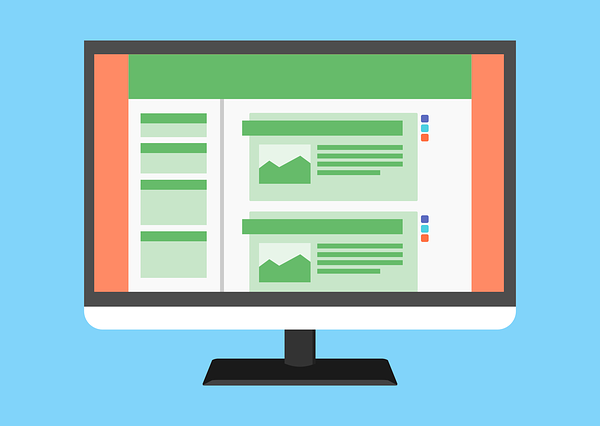
To optimize your Company page, you must fill out each section of the company profile.
Why? LinkedIn has shared that a full company profile reaches up to 3x more people! Being thorough and detailed on the Company page is an easy way to generate significant traffic.
Be sure your company page includes:
- Your official business address
- Your website
- The size of your company
- Your industry
- A few specifics on the services you offer
12.) Customize Your Business Page’s URL
Similar to when you create a personal profile, you’re assigned a generic URL for your business’ Company page as well. This simple customization makes it easier for prospects to find your business.
If available, try to make your LinkedIn Business page URL closely match the URL of your website.
13.) Show Off Case Studies and Client Testimonials Using Showcase Pages
Through the Company page, LinkedIn allows you to create showcase pages. Use these pages to highlight your company’s recent achievements, case studies, and client testimonials.
You can create up to ten showcase pages, so be selective and purposeful when creating them. It’s important to also keep them updated with new content. For example, create a “Client Testimonials” showcase page. As you collect testimonials from satisfied clients, upload them to this showcase page.
14.) Ask Your Employees to Engage with Your Company Page
Strong employee engagement on LinkedIn shows prospects one important thing: that your employees are invested. Chances are, invested and dedicated employees provide excellent service, enticing prospects who are looking for a great experience.
In the Career section of the LinkedIn page, write about your company’s culture. You can also invite your employees to write a piece of content about their work experience, cultivating client relationships, or a “day-in-the-life” at your company.
Want a Pro to Help You With Your Personal LinkedIn Profile? As a part of their LinkedIn lead generation service, Infinity Marketing Group works with you to optimize your personal LinkedIn profile to maximize opportunities and attract prospects. Learn more about their done-for-you LinkedIn system.
General Tips for Your LinkedIn Profile
Here are some other, more general but equally important, LinkedIn profile tips.
15.) Use LinkedIn to Tell Your Story
In marketing, storytelling is an invaluable tool you can use to motivate and inspire potential clients to take action.
Think of LinkedIn as the binding that can share your brand’s story with the world. Rather than listing what you do for prospective clients, show them with your words.
In your headline, summary, and in LinkedIn posts, discuss:
- Why you started your business, and what your moment of realization was.
- How you help businesses: share tidbits and personal stories
Through storytelling, you speak to more than what’s on your professional resume, and LinkedIn is the perfect platform for this type of narrative marketing.
16.) Know and Speak Directly to Your Audience
As we mentioned before, in the summary section, LinkedIn gives you an opportunity to talk to your audience directly.
Keep prospects intrigued by creating great content that speaks directly to them.
Topics can range from:
- Common pain-points experienced by your target audience
- Aspects of being a business owner: common struggles, plateaus, and decisions
- New innovations that are helpful to your industry
17.) Avoid LinkedIn’s Identified Buzzwords
Every few years, LinkedIn publishes a list of the most overused buzzwords.
In 2017, these were the top buzzwords used in 2017:
- Specialize
- Experienced
- Skilled
- Leadership
- Passionate
- Expert
- Motivated
- Creative
- Strategic
- Focused
Chances are, you’re probably guilty of using a few of these on your personal profile or on your LinkedIn company page. To stand out from the crowd, we recommend getting creative with your buzzwords.
Rather than listing your qualities, quantify them.
For example, rather than saying, Expert programmer at XYZ. Say, Expert programmer at XYZ who has created $20 million in new business opportunities for my clients.
Putting data alongside your buzzwords, if you have to use them, shows potential clients the impact you have rather than taking your word for it.
LinkedIn Profile Tips: Using Your Profile to Make Sales
LinkedIn is an intuitive sales tool. Here are a few tips to consider integrating into your sales process if you want to leverage the power of LinkedIn.
18.) Subscribe to LinkedIn Sales Navigator
In its most basic form, LinkedIn is a platform that allows you to connect with your ideal prospects. What if you had enhanced search capabilities and could target prospects by location or job title?
LinkedIn Sales Navigator allows you to get THIS specific. With algorithms built to help you discover the right people, this tool simplifies the sales process on LinkedIn.
19.) Integrate Sales Navigator with Your Company’s CRM
With Sales Navigator, your sales team will be identifying hundreds of potential leads. To keep track of where they are in the sales funnel, integrate Sales Navigator with your CRM. The tool integrates with platforms like:
- HubSpot
- Outreach
- Salesforce
- Oracle Sales Cloud
- Microsoft Dynamics
- & many more!
20.) Begin Your LinkedIn Lead Generation Campaign
Want to increase your connections and create sales opportunities for your business on LinkedIn?
With a well-thought-out messaging campaign, use Sales Navigator, and InMail specifically, to begin reaching out to your prospects. Consider speaking to their pain points, providing free tips and tricks, and eventually, asking for a meeting.
Ready to Grow Your Business On LinkedIn? 
Using these expert LinkedIn profile tips, grow your brand and business’ credibility on LinkedIn.
From your personal profile to your Company page, LinkedIn is an extensive platform that all B2B businesses should be using to maximize their footprint and increase sales opportunities.
Want to learn more about LinkedIn lead generation campaigns? Infinity Marketing Group‘s done-for-you service has provided hundreds of leads to their clients. Contact us today at info@infinitymgroup.com or (303) 834-7344 to discuss how we can increase warm leads for your sales team!


